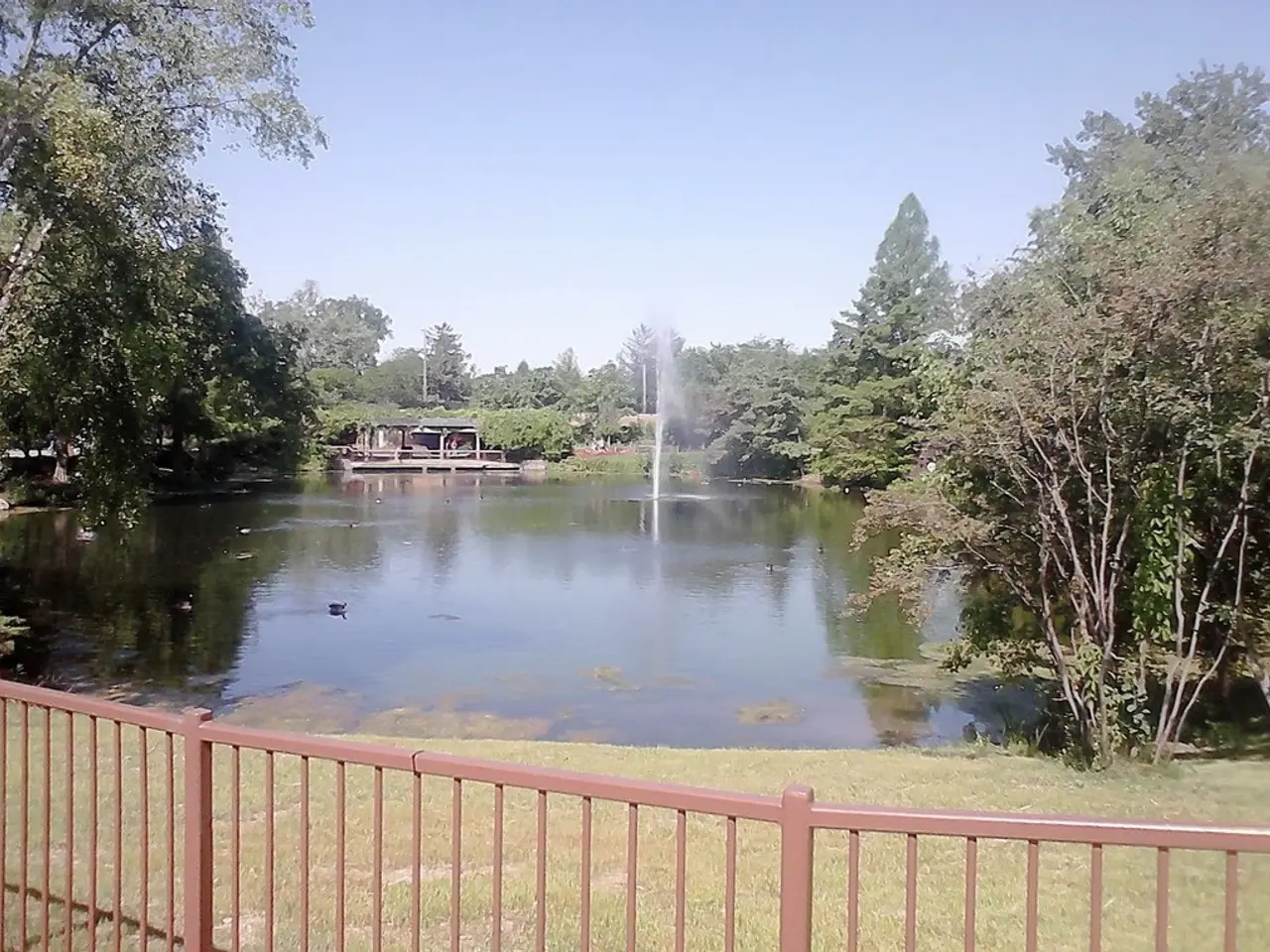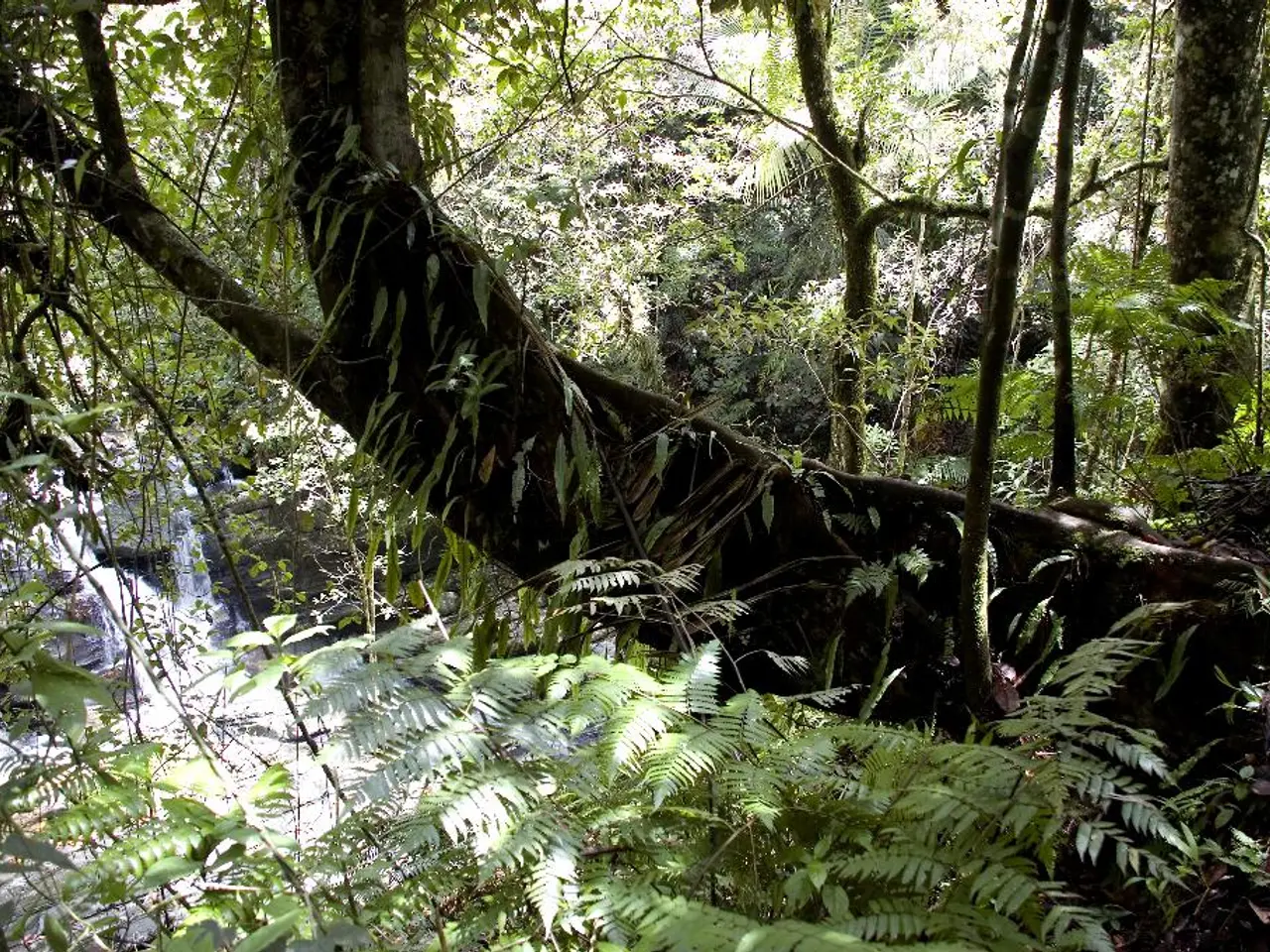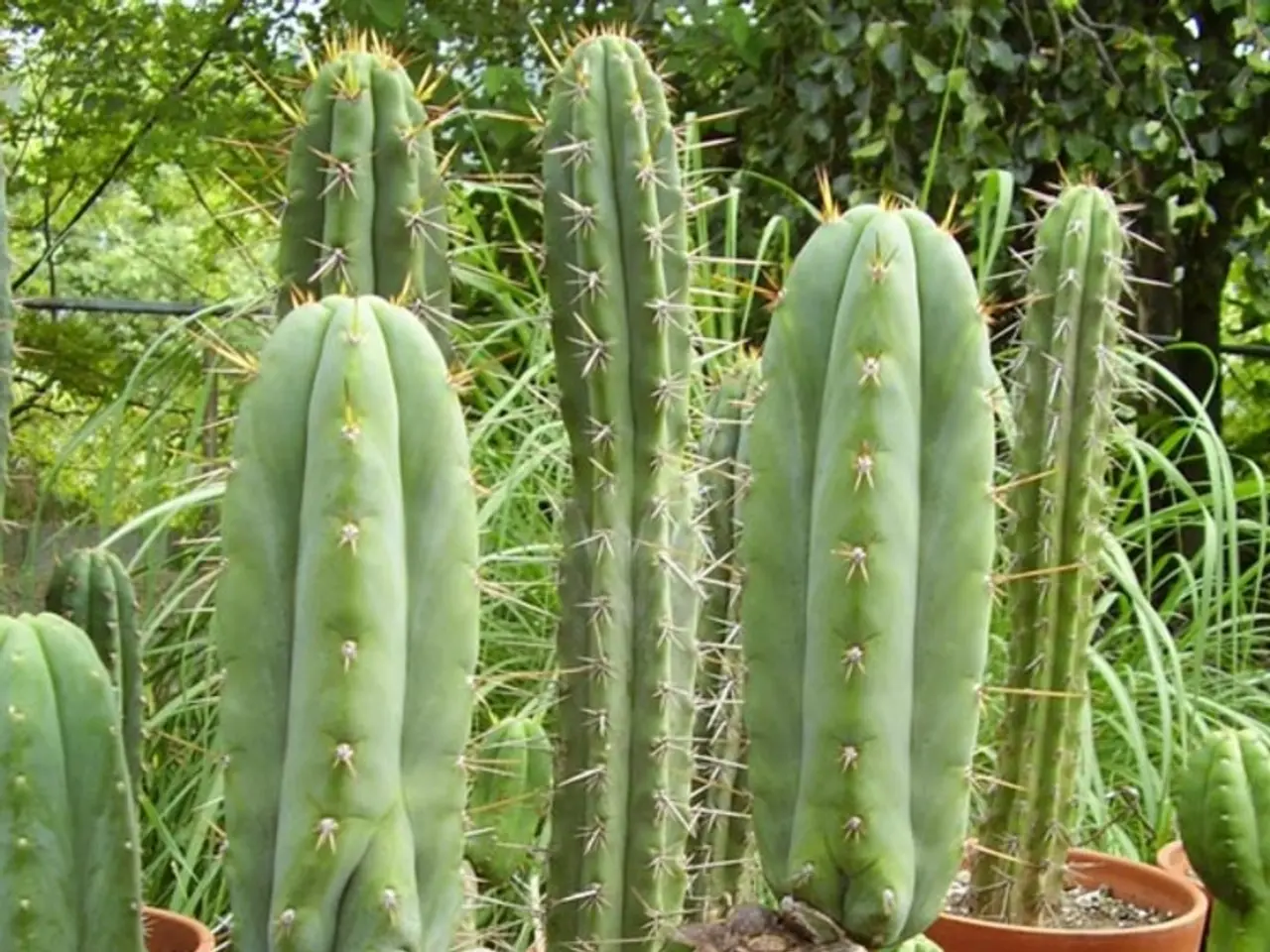Implementing a Rain Garden in Your Yard: An Eco-Friendly Choice for You and the Earth
Spring is blooming, and it's time to spice up your yard! stop settling for boring, carpet-like lawns. Embrace the change with spectacular landscaping and build a rain garden that will brighten up your yard, prevent flooding, and even help keep pollution out of local waterways. Here's your ultimate guide!
Why Create a Rain Garden?
We reached out to the experts at the Wisconsin Department of Natural Resources and the City of Durham, NC to learn more about rain gardens and their significance, especially during times of flooding.
1. Stunning Visuals
You don't need to be a gardening guru to appreciate the rain garden's vibrant hues and natural beauty. From Fireweed to Zig Zag Goldenrod, the variety of water-loving plants will dazzle your eyes. Be sure to choose native plants suitable for your area – local nurseries and landscape professionals are great resources to help guide you.
2. Attract Pollinators
Fill your rain garden with pollinator-friendly native plants to bring insects, butterflies, and even endangered species like the monarch butterfly into your yard. Beneficial insects play a crucial role in pollinating our food crops (grains, fruits, vegetables, and nuts), making them indispensable to our survival. Your rain garden can make a substantial impact on preserving these vital pollinators.
3. Cleaner Water
Who wants gross water laden with oil, fertilizers, and pet waste? Rain gardens act as natural filters by capturing pollutants and bacteria, preventing the water from causing harm to local waterways – it's like having a built-in self-maintaining cleaning system!
4. Uncomplicated and Low-Maintenance
No green thumb? No worries! Rain gardens are simple to set up, especially if you plan in advance and follow a few essential steps such as determining the location and size. Local guides and the EPA provide helpful resources to make the process a breeze.
5. Cost-Effective Solution
A rain garden can save you money in the long run, as you'll spend less time mowing and less money on lawn fertilizers. Plus, using less gas to mow reduces your carbon footprint – win-win!
6. Flood Prevention
During heavy storms, rain gardens help control runoff, preventing erosion and lowering the risk of flooding, especially in neighborhoods prone to flooding. Additionally, during droughts, a rain garden ensures that water filters back into the ground, refilling local water sources.
7. Lush and Lovely Oasis
With a little effort, you can transform a small corner of your property into a vibrant and functional rain garden. Soon, you'll have a thriving ecosystem teeming with life that not only serves as a natural oasis but also provides numerous environmental benefits.
If you're ready to make a positive impact on your own piece of the planet, why not start with a rain garden? Check out our other articles for more eco-friendly ideas and inspiration!
Happy gardening!
This post was written by Bonnie Ferrero.
View all posts
Enrichment Data:Adopt a rain garden to combat stormwater runoff, contribute to flood prevention, and support local biodiversity. Here is a step-by-step guide to building a rain garden, along with eco-friendly plant choices, tips, and benefits. By following these simple steps, transform your yard or garden into a beautiful, self-sustaining ecosystem that makes a positive impact on the environment and your community.
- Spring is not just about blooming flowers, but also a perfect time to consider adopting a rain garden, which can help combat stormwater runoff and support local biodiversity.
- Incorporating a rain garden into your landscaping can be more than just aesthetically pleasing; it can serve as a natural filter for pollutants, keeping your home-and-garden and local waterways cleaner.
- The sustainable-living lifestyle doesn't end at your home; by building a rain garden, you can provide a thriving ecosystem for pollinators like bees, butterflies, and even endangered species such as the monarch butterfly.
- Considering the significance of rain gardens during flooding, experts suggest implementing one in landscaping to help prevent local flooding and erosion, while providing an additional benefit of reducing water usage for irrigation.
- With the right resources and planning, rain gardens can be uncomplicated and low-maintenance, making them an ideal choice for those embracing a lifestyle focused on sustainability and eco-friendly practices.
- By choosing native plants for your rain garden, you can create a lush and lovely oasis that not only beautifies your yard or garden, but also encourages a self-sustaining ecosystem and promotes cleaner water and flooding prevention.
- Embrace the change this spring by creating a rain garden in your yard—an eco-friendly addition that can have a wide-ranging positive impact on both your lifestyle and the environment.




